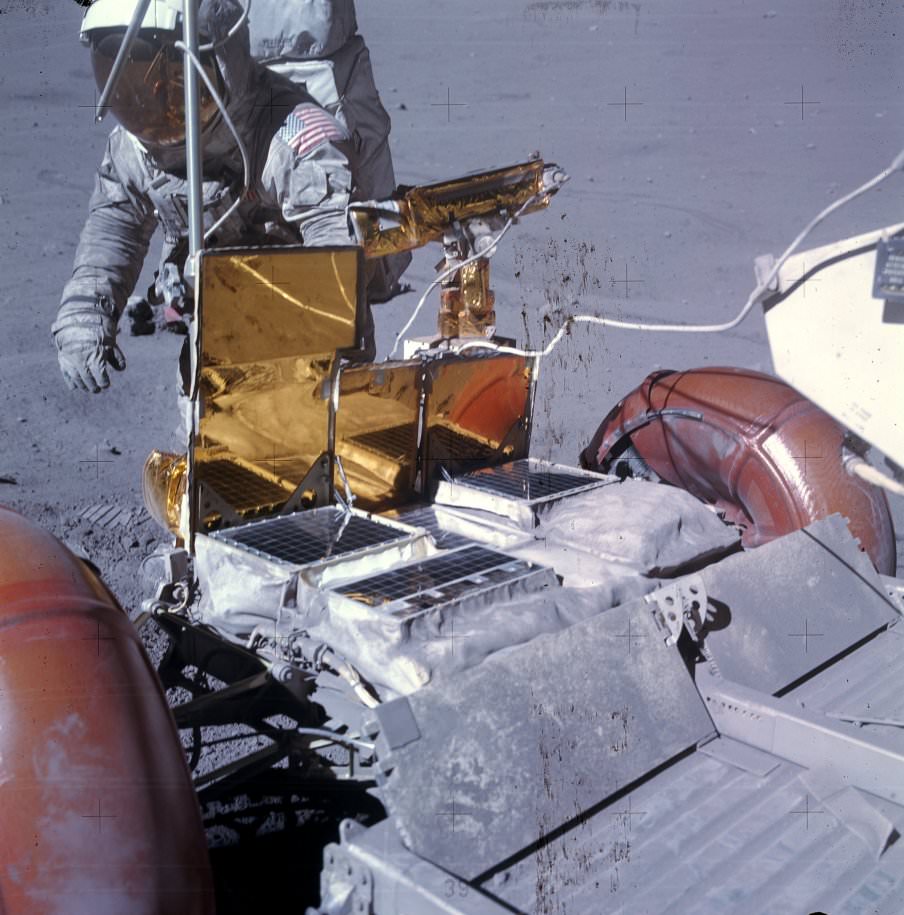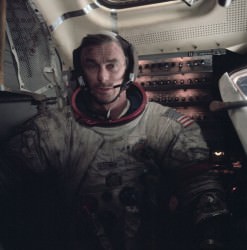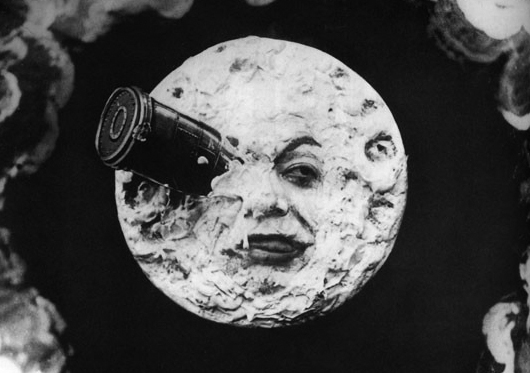We now have generations of people who have grown up with the knowledge that humans have walked on the Moon. Neil Armstrong, the man who took that first small step on another world passed away today after complications from heart surgery. It’s a tremendous loss for everyone involved with or interested in space exploration, and messages of condolences and remembrances are pouring in.
We’ll post many here, and feel free to add your thoughts or remembrances of Neil Armstrong in the comments section.
Neil Armstrong’s crew mate and fellow Moonwalker on Apollo 11, Buzz Aldrin posted this on Twitter:
“On behalf of the Aldrin family we extend our deepest condolences to Carol & the entire Armstrong family on Neil’s passing-He will be missed. Neil & I trained together but were also good friends who will always be connected thru our participation in the Apollo 11 mission I know I am joined by millions of others in mourning Neil’s passing – a true American hero and the best pilot I ever knew.”
From NASA Administrator Charlie Bolden:
“On behalf of the entire NASA family, I would like to express my deepest condolences to Carol and the rest of Armstrong family on the passing of Neil Armstrong. As long as there are history books, Neil Armstrong will be included in them, remembered for taking humankind’s first small step on a world beyond our own.
“Besides being one of America’s greatest explorers, Neil carried himself with a grace and humility that was an example to us all. When President Kennedy challenged the nation to send a human to the moon, Neil Armstrong accepted without reservation.
“As we enter this next era of space exploration, we do so standing on the shoulders of Neil Armstrong. We mourn the passing of a friend, fellow astronaut and true American hero.”
Astronaut Mae Jemison via Twitter:
“As young girl watching #NeilArmstrong step on the Moon, the stars came a little bit closer, and my world and expectations quite a bit larger.”
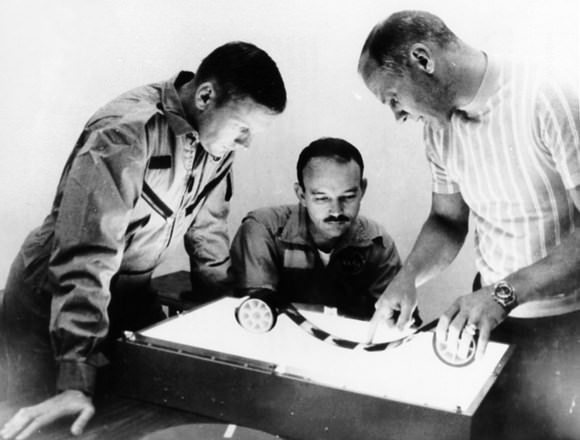
Apollo 11 astronauts Neil Armstrong, Michael Collins and Buzz Aldrin examine film taken of their mission. Credit: NASA
NASA Kennedy Space Center Director Robert Cabana:
“Neil Armstrong was a true American hero, and one of the nicest gentlemen around. He was the epitome of what an engineering test pilot should be, and a role model for everyone who aspired to be an astronaut. He always took the time to share his thoughts on technical issues and his experiences from the past. I feel very privileged to have known him. He will be missed.”
President Barack Obama said he was deeply saddened, and hailed Armstrong as one of the nation’s greatest ever heroes, for having inspired a generation to reach for the stars.
“When he and his fellow crew members lifted off aboard Apollo 11 in 1969, they carried with them the aspirations of an entire nation,” Obama said in a statement. “They set out to show the world that the American spirit can see beyond what seems unimaginable — that with enough drive and ingenuity, anything is possible. And when Neil stepped foot on the surface of the moon for the first time, he delivered a moment of human achievement that will never be forgotten.”
Republican challenger for the White House, Mitt Romney, said Armstrong now “takes his place in the hall of heroes. With courage unmeasured and unbounded love for his country, he walked where man had never walked before,” Romney said. “The moon will miss its first son of Earth.”
Lon Rains, Chairman, Coalition for Space Exploration:
“Today we mourn the loss of Neil Armstrong, a true hero for all mankind. Neil was a humble man who devoted his life and his career to serving a greater cause. From the children who strive to explore the stars to those who devote their lives to reaching beyond the bonds of earth, one can only hope to follow in his footsteps. We are deeply saddened by the loss of this great man. We will forever celebrate his life, his accomplishments and his spirit.”
NASA has more information about Neil Armstrong on their homepage,
as well as this website:
http://www.neilarmstronginfo.com

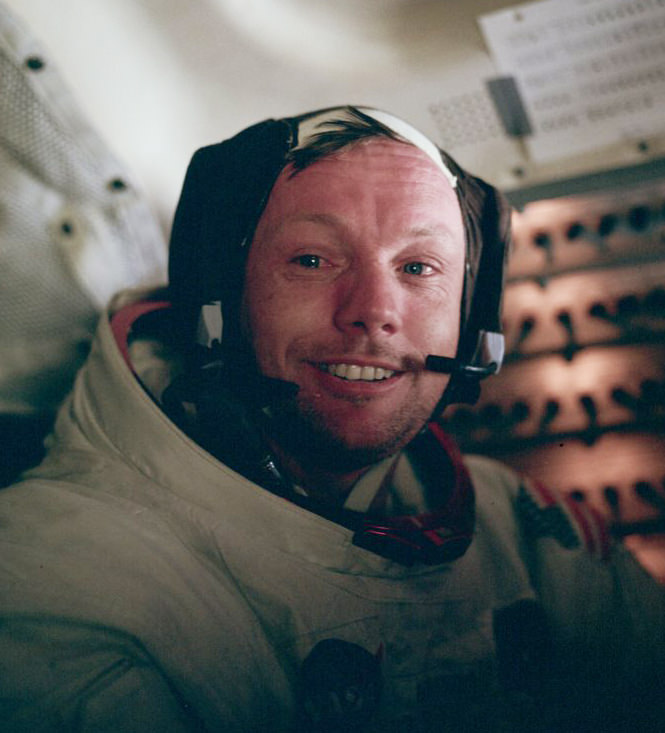

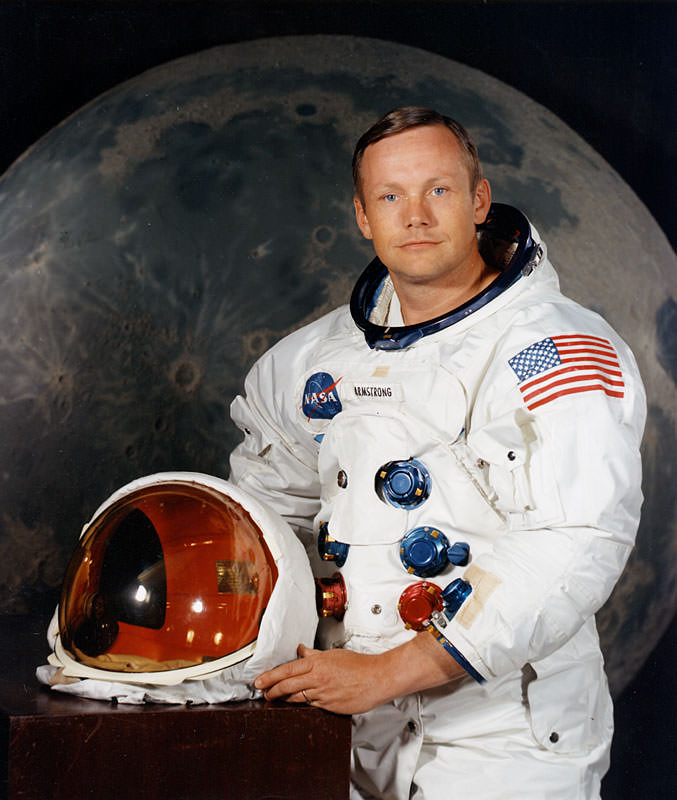
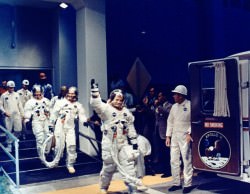
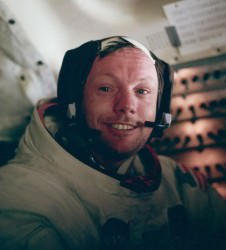
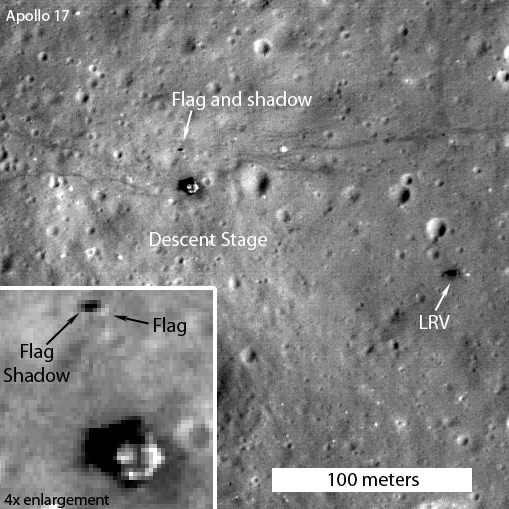
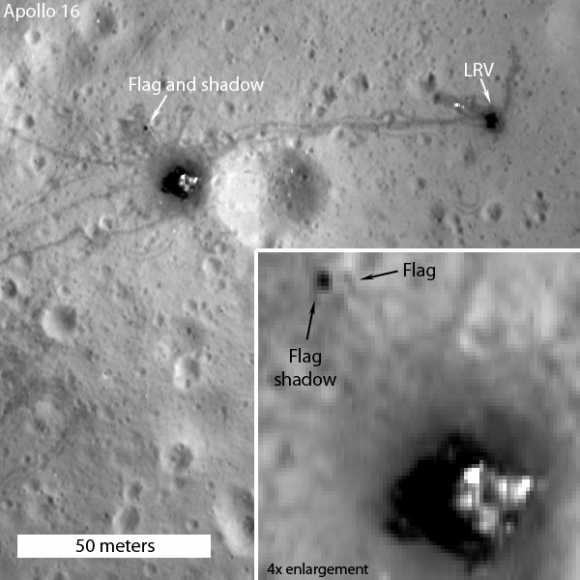

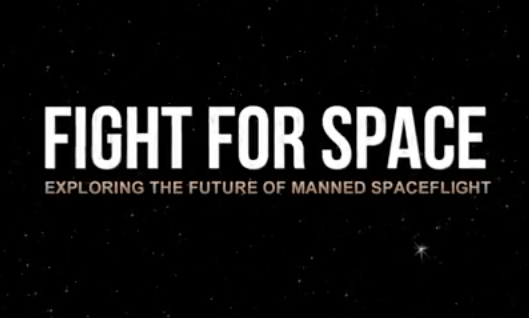
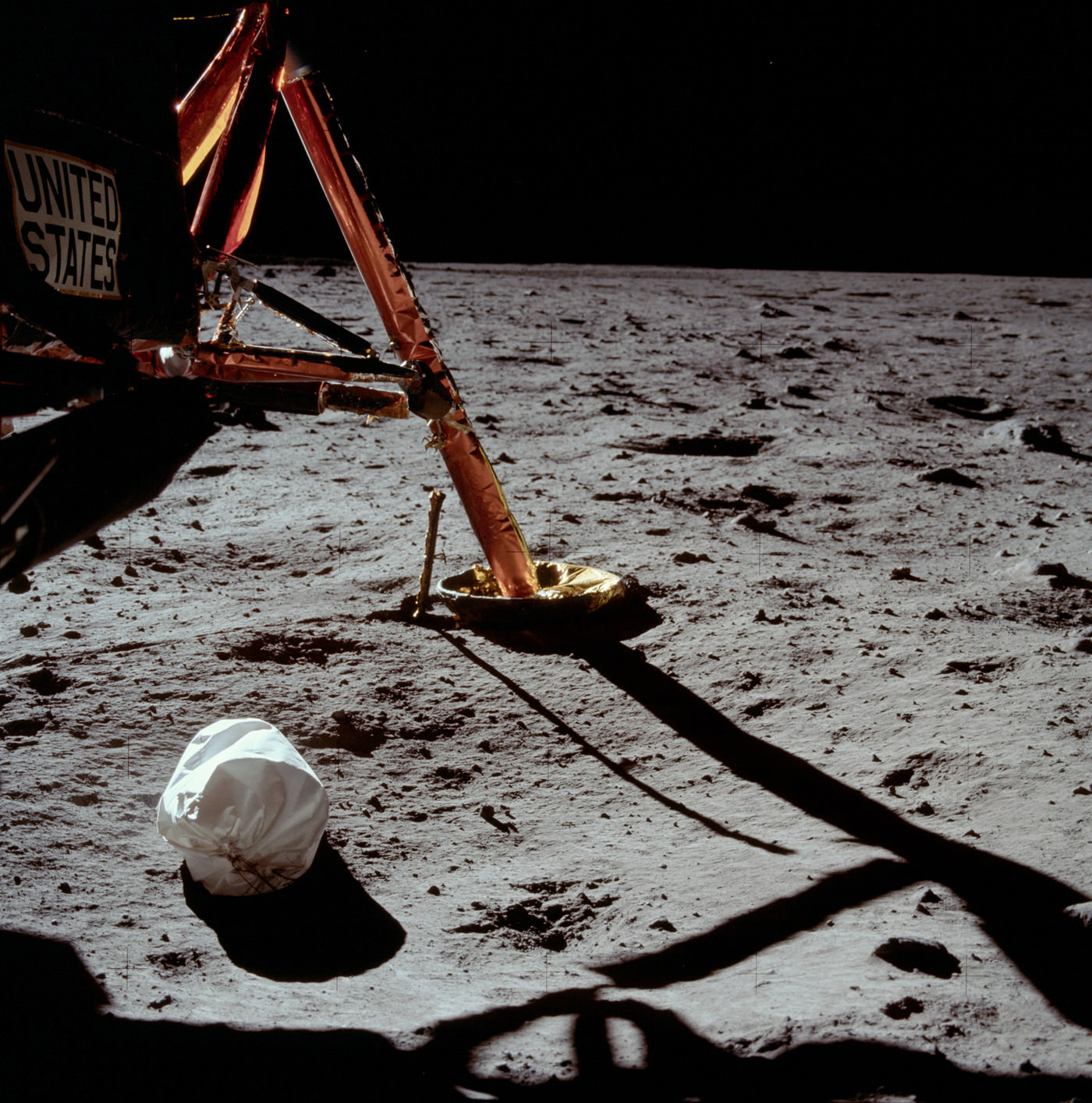
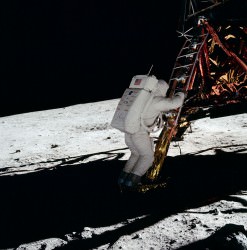 After this image, Armstrong took several more images of the surrounding landscape before fellow astronaut Edwin “Buzz” Aldrin, Jr. exited the module as well. The third man on the mission, Michael Collins, remained in lunar orbit piloting the command module Columbia.
After this image, Armstrong took several more images of the surrounding landscape before fellow astronaut Edwin “Buzz” Aldrin, Jr. exited the module as well. The third man on the mission, Michael Collins, remained in lunar orbit piloting the command module Columbia.